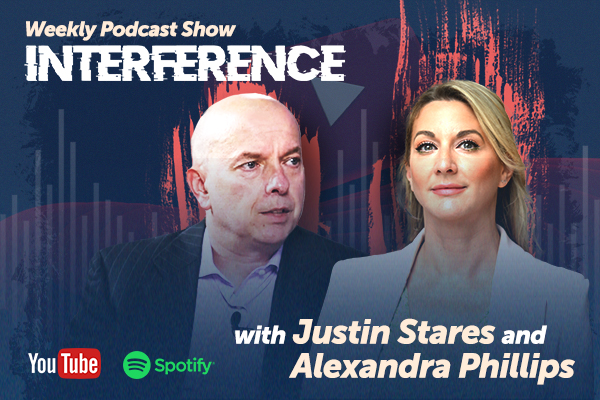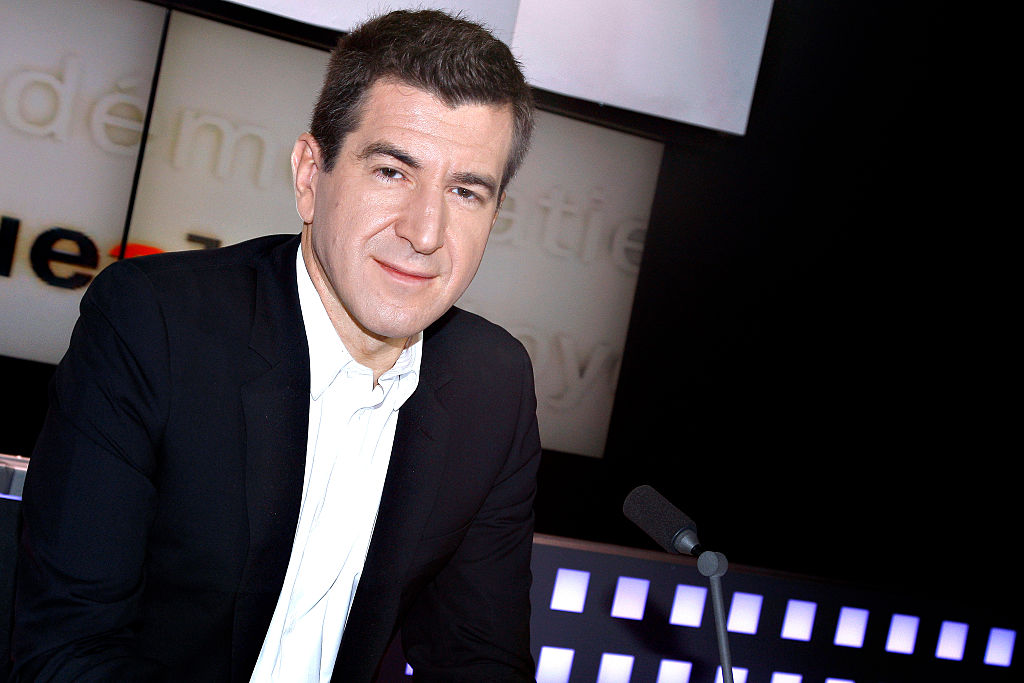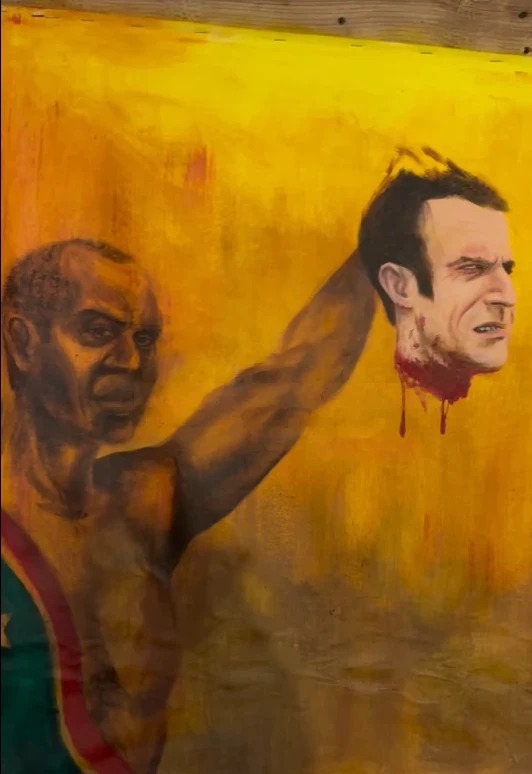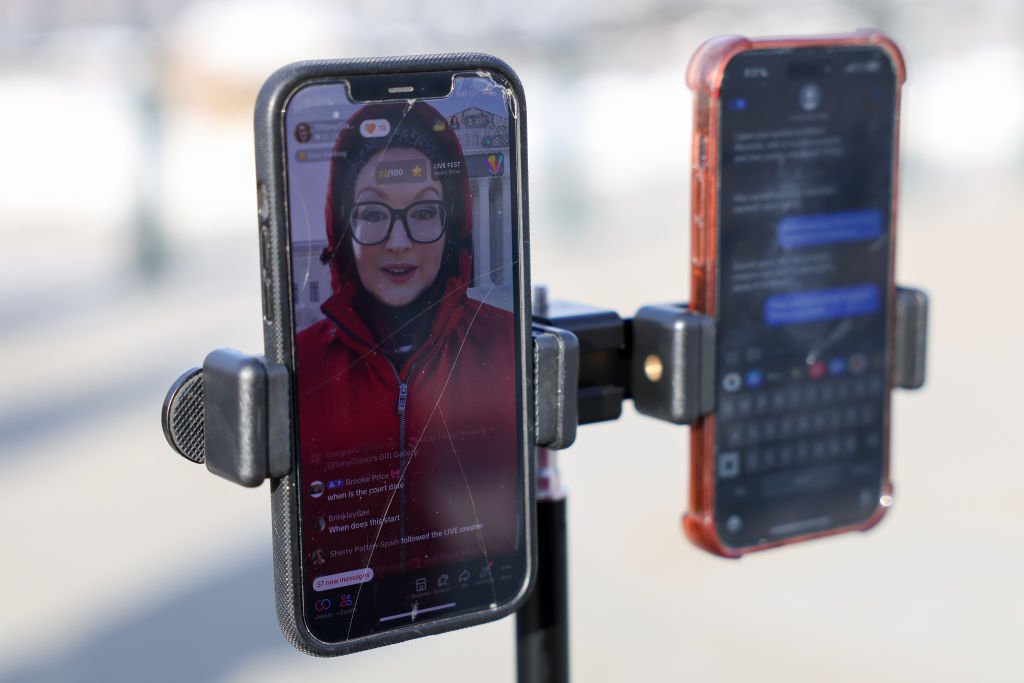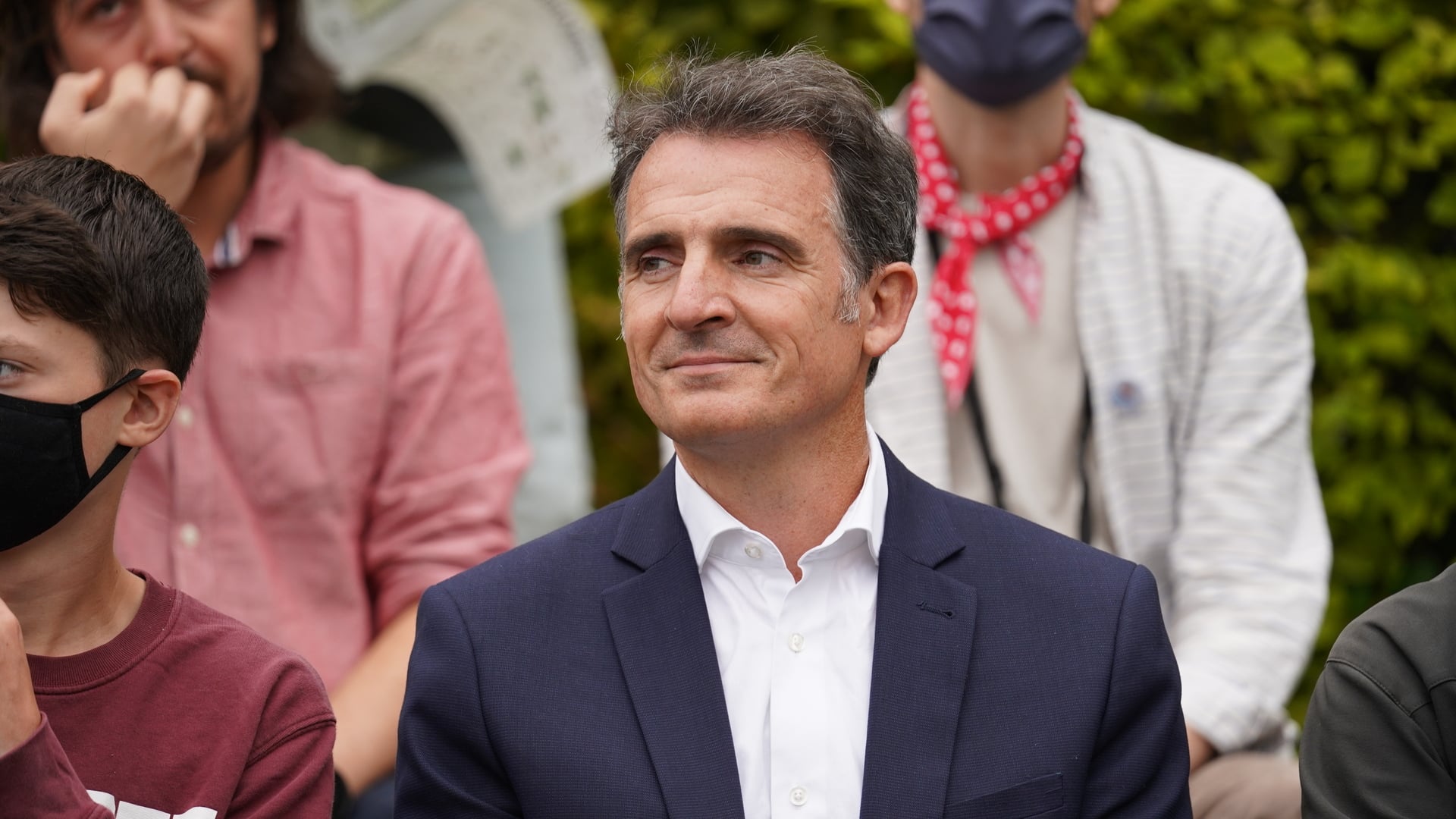The US government, through the United States Agency for International Development (USAID), has been funnelling millions of dollars into student and professional media outlets across Europe mainly in Eastern and Central Europe, data from US government spending has shown.
This long-term financial support has been framed as part of Washington’s “commitment to supporting democratic values and civil society in the [European] region” under the Assistance to Europe, Eurasia and Central Asia/Economic Support Fund (AEECA/ESF PD) programmes.
The scale and scope of the funding have raised questions about the extent of US influence in shaping media narratives and civil society in these regions.
Democracy or Influence? Moldova case study
In the heart of Eastern Europe, in Moldova, a former Soviet Union country strategically located between Ukraine and Romania, the US has quietly poured millions of dollars into the nation’s media sector.
The funding, directed toward media organisations such as Internews Network Moldova, the journalist association Asociația Presei Independente (API), the Media Alternativa Association and investigative outlet Rise Moldova, has played a pivotal role in transforming Moldova’s media landscape. It has undone, little by little, the deep-rooted influence of Russia in the country television networks replacing that with its own Biden administration American influence.
Between 2019 and 2024, the Media Alternativa Association — owner of TV8, the fourth most-watched television channel in Moldova —received $1.85 million (€1.7 million) from Washington.
Since the beginning of the Ukraine war, Western sanctions resulted in the suspension and cancellation of licences for several Russian-owned TV stations in Moldova, creating a vacuum.
US-funded media outlets quickly moved in, filling the space once occupied by Kremlin-aligned broadcasters.
According to the Media Alternativa Association, until 2022 Moldova’s broadcast landscape remained heavily influenced by Russian networks, with political parties leveraging media holdings to shape public opinion.
That influence is now waning — replaced by institutions receiving direct financial backing from the US.
US-funded investigative outlet Rise Moldova has exclusively focused on exposing Russian influence within Moldova.
It is also a member of the Organised Crime and Corruption Reporting Project (OCCRP), an international investigative network with close ties to US agencies.
Critics have argued this funding has fostered a media environment more aligned with Washington’s strategic goals rather than true editorial independence.
A key architect of Moldova’s evolving media landscape is Internews Network Moldova, a US-backed organisation which has played a similar role in reshaping media environments in other Eastern European nations such as Ukraine.
Members of Internews Network Moldova – Ziarul de Gardă and NewsMaker – two of Moldova’s leading investigative media outlets, have frequently published reports linking Moldovan corruption to Russian interests.
In 2017, Internews launched a new initiative in Moldova titled “Media Enabling Democracy, Inclusion, and Accountability in Moldova” (MEDIA-M) — a project bankrolled by USAID and the UK government.
Officially, MEDIA-M sought to develop an independent, professional press sector resilient to political and financial pressures.
Its impact has been unmistakable: a media environment increasingly aligned with Western narratives and a weakened Russian presence in Moldova’s information space.
The US has also funded democratic programmes fostering the Western identity of Moldovans.
Washington’s $20 million (€19.4 million) “Moldova Resilience Initiative,” initially planned to run from 2022 to 2023 but extended to 2026, was designed to “strengthen popular support for a democratic, European Moldova” by “uniting Moldovans around a shared European identity.”
In 2024, the US government gave $83,602 to the US billionaire George Soros Moldova Foundation.
According to the website, the Soros Moldova Foundation has been supporting the European integration process of the Republic of Moldova for almost fifteen years.
These developments seemed to bear fruit when, in October 2024, Moldova held a decisive presidential election and a referendum on European Union accession.
With voters asked to choose between a pro-European future or maintaining ties with Russia, the election outcome — narrowly favouring EU integration — was attributed by some analysts, at least in part, to sustained US influence.
The monitoring of the election was entrusted to Promo-LEX, a think-tank heavily funded by the US government. In 2024 alone, Promo-LEX secured $1.7 million (€1.6 million) in US grants.
The scale of US financial involvement in Moldova’s political and media ecosystem has been significant.
According to USAID records — some of which are no longer publicly accessible —the US has invested over $640 million (€620.6 million) in Moldova since 1992.
The actual financial commitment through grants and indirect funding mechanisms has probably hit the several billions in payments for the whole country.
Moldova, a former Soviet Union country sandwiched between Ukraine and Romania, is set for significant elections on October 20 when voters must choose between partnering with the European Union or with Russia. https://t.co/SBMMwkqzBV
— Brussels Signal (@brusselssignal) October 18, 2024
USAID “backbone” of the Ukrainian media landscape
Across the Moldovan border in Ukraine, USAID’s influence is, perhaps, even more pronounced.
Via Internews Network Ukraine, USAID funded a network of social media-driven news platforms in Ukraine, including New Voice of Ukraine, VoxUkraine, Detector Media and the Institute of Mass Information.
These outlets have published reports targeting figures including US economist Jeffrey Sachs, Republican commentator Tucker Carlson and journalist Glenn Greenwald, portraying them as part of a “Russian propaganda network”.
According to Wikileaks, Internews Network globally has ties with the Democratic Party in the US.
Oksana Romaniuk, director of the Institute of Mass Information in Ukraine, said an estimated 80 per cent of Ukrainian media outlets have collaborated with USAID in some capacity.
While this support has been instrumental in sustaining independent journalism during the ongoing conflict with Russia, it has also raised questions about the extent of US influence over Ukraine’s media environment
USAID has become the backbone of the country’s independent journalism
A report by the Centre for European Policy Analysis (CEPA), titled US Aid Freeze Numbs Ukraine, revealed that USAID was “reaching deep into areas of the state and civil society” in Ukraine.
Funding for independent media has been drawn from a $290 million (€281 million) pool allocated for democracy, human rights and governance initiatives.
These efforts, framed as support for democratic values, have also underscored the significant leverage the US holds over Ukraine’s media and civil society sectors.
USAID’s involvement in the media landscape has intensified following the outbreak of the war with Russia in 2022.
Since 2021, the organisation has provided technical support to 66 local media outlets in Ukraine, aiming to bolster independent journalism in the face of Russian disinformation and propaganda.
USAID’s involvement extends beyond Central and Eastern Europe
In the UK, the publicly-owned BBC acknowledged that USAID contributed to 8 per cent of its BBC Media Action charity funding in 2023-24.
“Like many international development organisations, BBC Media Action has been affected by the temporary pause in US government funding, which amounts to about 8 per cent of our income in 2023-24. We’re doing everything we can to minimise the impact on our partners and the people we serve,” the charity stated on its website.
While it is not directly linked to the BBC’s core news operations, that has raised questions about foreign funding in public media-led enterprises.
Similarly, it was revealed that US-owned international news outlet Politico received money via subscription to its Politico Pro platform from the US government.
Although this funding is not directly allocated to Politico’s journalism activities, subscriptions to Politico Pro — used by policymakers and industry leaders — are a source of revenue for the media organisation.
Politico is owned by Axel Springer, the media giant that also publishes the German Bild, Bild am Sonntag, Welt, Welt am Sonntag, as well as the TV channel Welt, Business Insider and the US newsletter Morning Brew.
Washington’s involvement in European media has extended beyond direct funding to local outlets.
Perhaps the most explosive revelation came in December 2024, when French investigative outlet Mediapart exposed the extent of US control over the Organised Crime and Corruption Reporting Project (OCCRP).
According to Mediapart, Washington has supplied half of OCCRP’s budget, retained veto power over senior staff appointments, and directed investigations targeting political regimes opposed by the US, such as those in Russia and Venezuela.
OCCRP’s 2023 audit report confirmed $11 million (€10.6 million) in funding from US agencies.

This revelation has sparked concerns about the independence of OCCRP and the potential for US influence to shape its investigative priorities.
The White House’s involvement in European media and civil society appeared to be part of a broader strategy.
A paper from the US Congressional Research Services published in 2022 argued that US foreign assistance was an essential instrument of the country’s foreign policy.
“Foreign assistance is the largest component of the international affairs budget and is viewed by many Members of Congress as an essential instrument of US foreign policy,” the document stated.
It revealed that in the 2019 financial year, US foreign assistance totalled an estimated $48.18 billion (€46.7 million) of the federal budget authority.
The report said that meant US foreign assistance served the United States’ soft power and sharp power ambitions around the globe. it likened it to the Marshall Plan after the Second World War that was designed to rebuild European economies so they could resume trade with the US, benefiting US industries.
In Albania, for instance, the US has recently committed $20,000 to initiatives aimed at preventing hate speech and discrimination.
While modest compared to other regions, the funding reflected a broader pattern: Washington’s use of financial support to advance its foreign policy interests or liberal ideals.
Observers ask, where does support for democracy end and influence begin?
The US government’s funding of media and civil society organisations has reshaped narratives and counteracted Russian influence in Eastern and Central Europe.
But at what cost? Critics have argued this financial involvement risked undermining the very independence it was designed to protect.
On February 3, USAID worldwide funding was officially halted for 90 days.
COMMENT: USAID disappearing is going to affect Europe massively because its elimination effectively rips the heart out of the liberal international project, writes @Ajconstantini. https://t.co/HGvirVoAqn
— Brussels Signal (@brusselssignal) February 6, 2025
